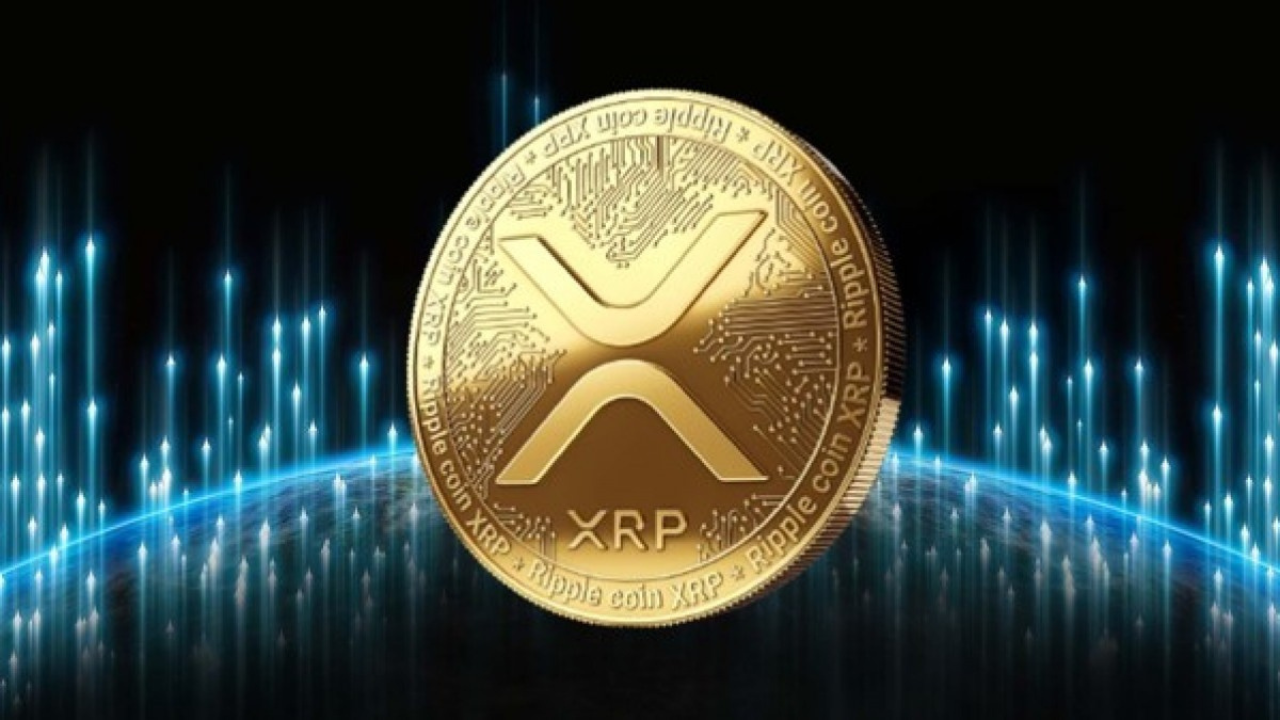Transfer of money across international borders is a complicated, time-consuming, and expensive exercise. The traditional financial system is filled with intermediary banks, a lengthy settlement system, and old-fashioned infrastructure. Such restrictions usually lead to high charges, a lack of transparency, and delays in transactions, which may take more than a week. In a global economy, inefficiencies of cross-border payments cause serious friction to individuals, businesses, and financial institutions. In comes Ripple, a blockchain-based payment protocol and knowing how to buy xrp is revolutionizing the movement of money in the world.
Mission and Core Technology at Ripple
Ripple was created with a vision to provide instant and frictionless global payments. It is based on RippleNet, which is a decentralized financial network powered by blockchain technology. RippleNet is a network that interconnects banks, payment providers, and other financial institutions to exchange money in real time all over the world, with full transparency at much lower cost. The protocol functions as a liquidity bridge among fiat pairs with the help of the native digital asset of Ripple, XRP.
New Speed and Efficiency
The amazing speed of transactions made possible by Ripple is one of the most groundbreaking innovations that the company has made to the cross-border payments industry. The conventional international bank transfers require three to five business days to be executed. Transactions, on the other hand, settle within seconds. This ability to settle in real time is revolutionary to the world of business and every individual as well, as in the era of speed, where a fast pace is no longer an option but a requirement. In addition, Ripple does not sacrifice security and reliability when it comes to attaining this efficiency.
Improvement of Cost and Liquidity.
It has always been characteristic of high fees in international wire transfers. The traditional system has too much overhead: the service fees, the currency conversion fees, and the intermediary costs, which are hidden. Ripple saves massive transaction fees by cutting the number of intermediaries involved and by avoiding pre-funded accounts. Liquidity with XRP also allows payment providers and banks to unlock capital, which is otherwise blocked in foreign accounts. This is the On-Demand Liquidity (ODL) model, which enables financial institutions to employ XRP to act in real-time between the sending and receiving currencies. Through ODL, institutions are capable of satisfying their customers in real-time without having to hold up large amounts of foreign currencies in storage around the globe.
Financial Institutions' Adoption of Real-World
This unique strategy used by Ripple has found its popularity among many financial institutions around the world. Ripple is already connected to more than 100 banks and payment providers, including some recognizable names like Santander, SBI Remit, and Mercury FX. These alliances confirm the technology of Ripple and show the rising trust in its capacity to deal with the financial processes of an enterprise. With Ripple, these institutions have access to new markets, and settlement times and costs are reduced. In emerging economies where infrastructure could still be wanting, Ripple is the key to opening up access to quick and low-priced money services, thereby leading to increased financial inclusion.
Globalization and Regulatory Involvement
A big distinction between Ripple and most other cryptocurrency projects is that these are hostile in their approach to regulation. It is this amicable measure that has seen Ripple form strong international partnerships and establish the platform towards wider application. Ripple continues to work to guarantee regulatory certainty in large markets like the United States, where the scenario with the law can determine the future of XRP and other cryptocurrencies. Now, by operating within the scope of the legal system and ensuring that they are not crossing that line, Ripple is slowly ensuring that the idea of using a blockchain in the mainstream financial sphere does not seem so controversial, which is a crucial move toward a massive modification in the cross-border payment industry.
The Future of Ripple Cross-Border Payments
With the ever-growing demand for smooth international payments, the role of Ripple is getting more and more crucial. It is not just that the company is disrupting the conventional SWIFT-based systems, but it is also creating a platform that would make the financial world more connected and more efficient. Ripple is an innovator, with strategic partnerships and a thoughtful technology stack that makes it a leader in the transformation of global money movement. Ripple will continue to gain even more power with its new use cases like central bank digital currencies (CBDCs) and increased adoption in underbanked areas.
Conclusion
Ripple is not simply putting an upgrade to the current systems, but it is completely changing the way cross-border payments are made. Ripple is also resolving some of the most pressing issues in cross-border finance, as it facilitates near-instant transactions, lowers the cost of doing business, improves transparency, and collaborates with financial institutions in all parts of the globe. The revolutionary effect of Ripple on cross-border payments is just starting as blockchain technology is becoming more and more incorporated into the global economy.


